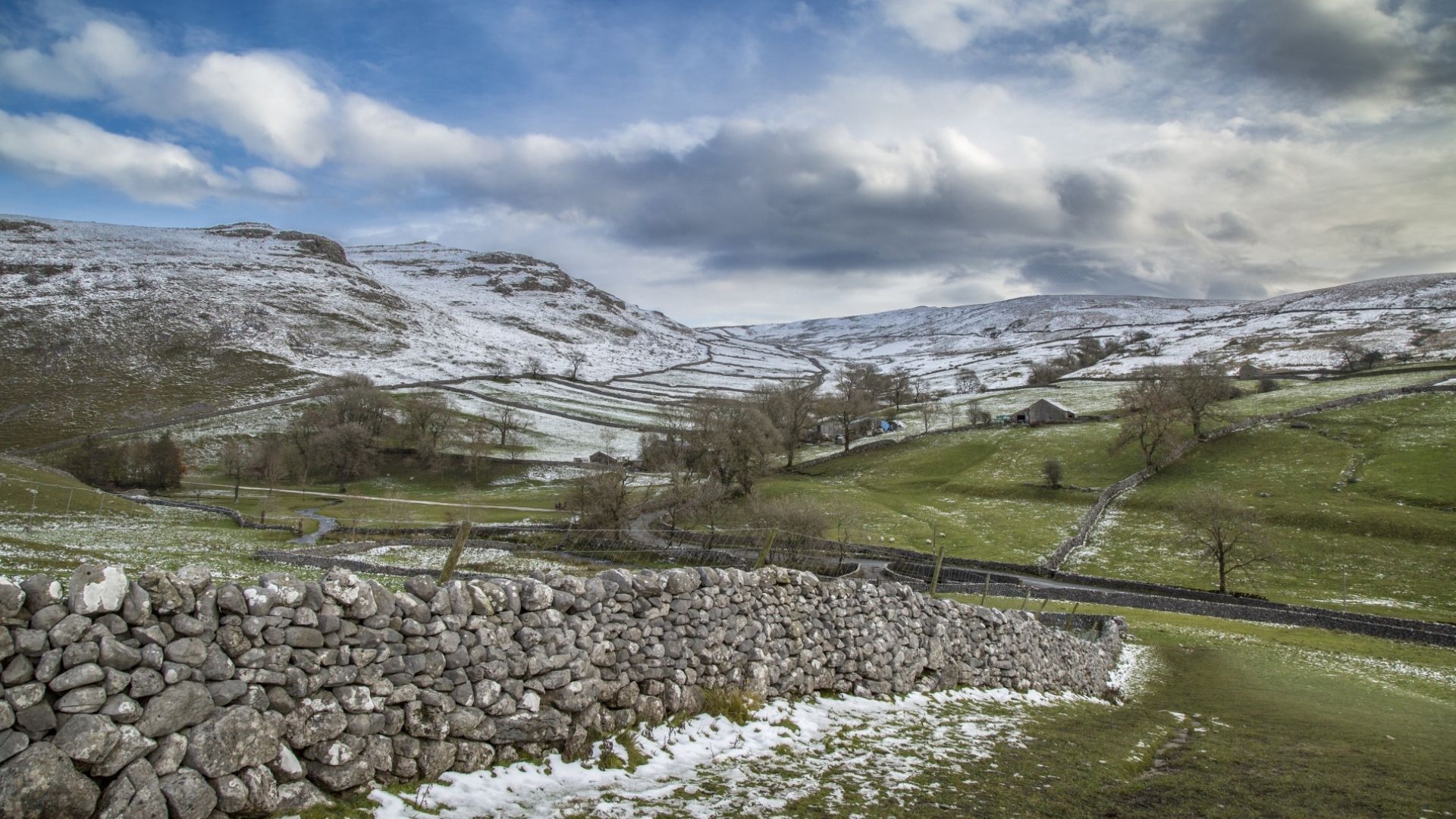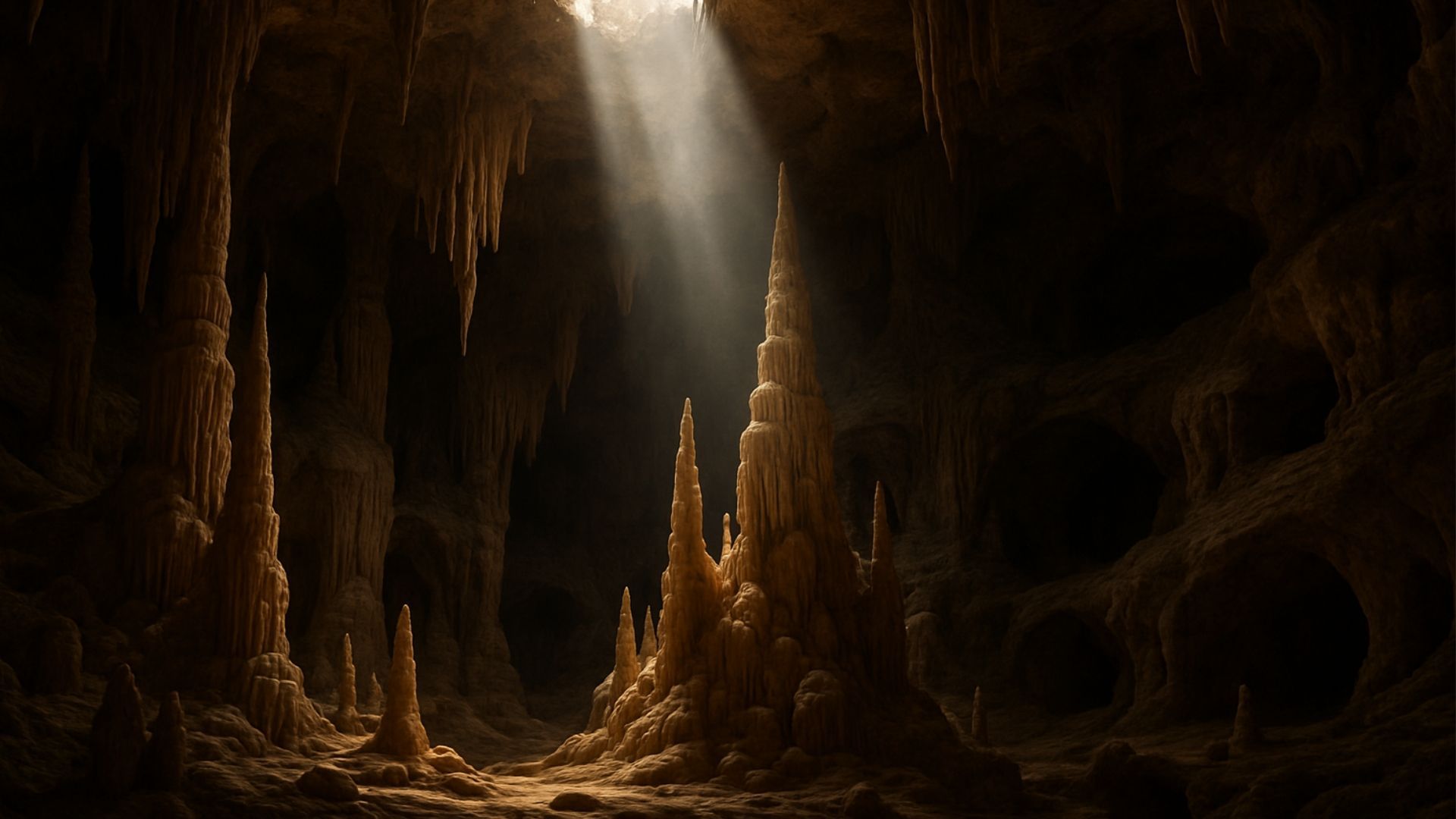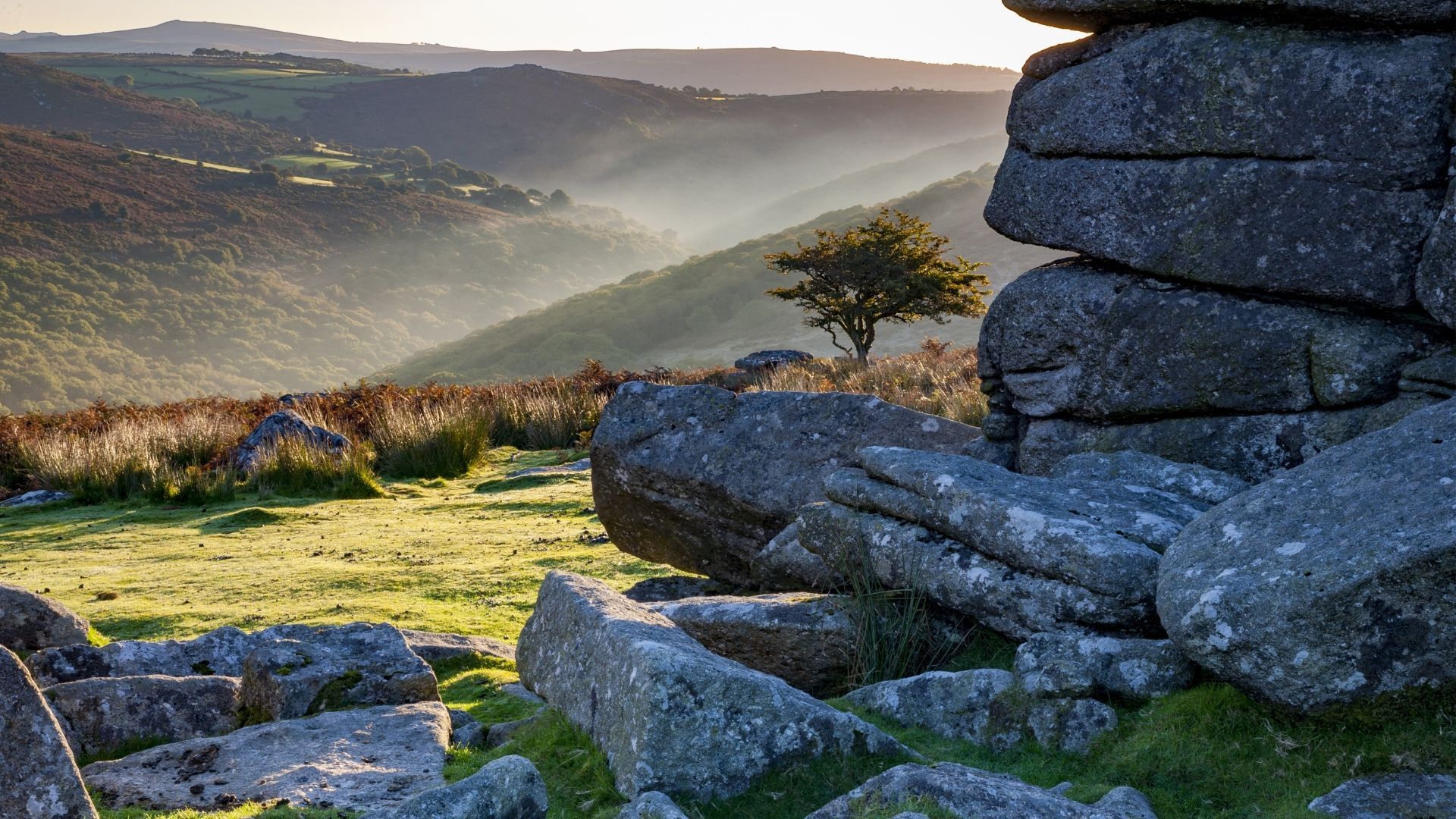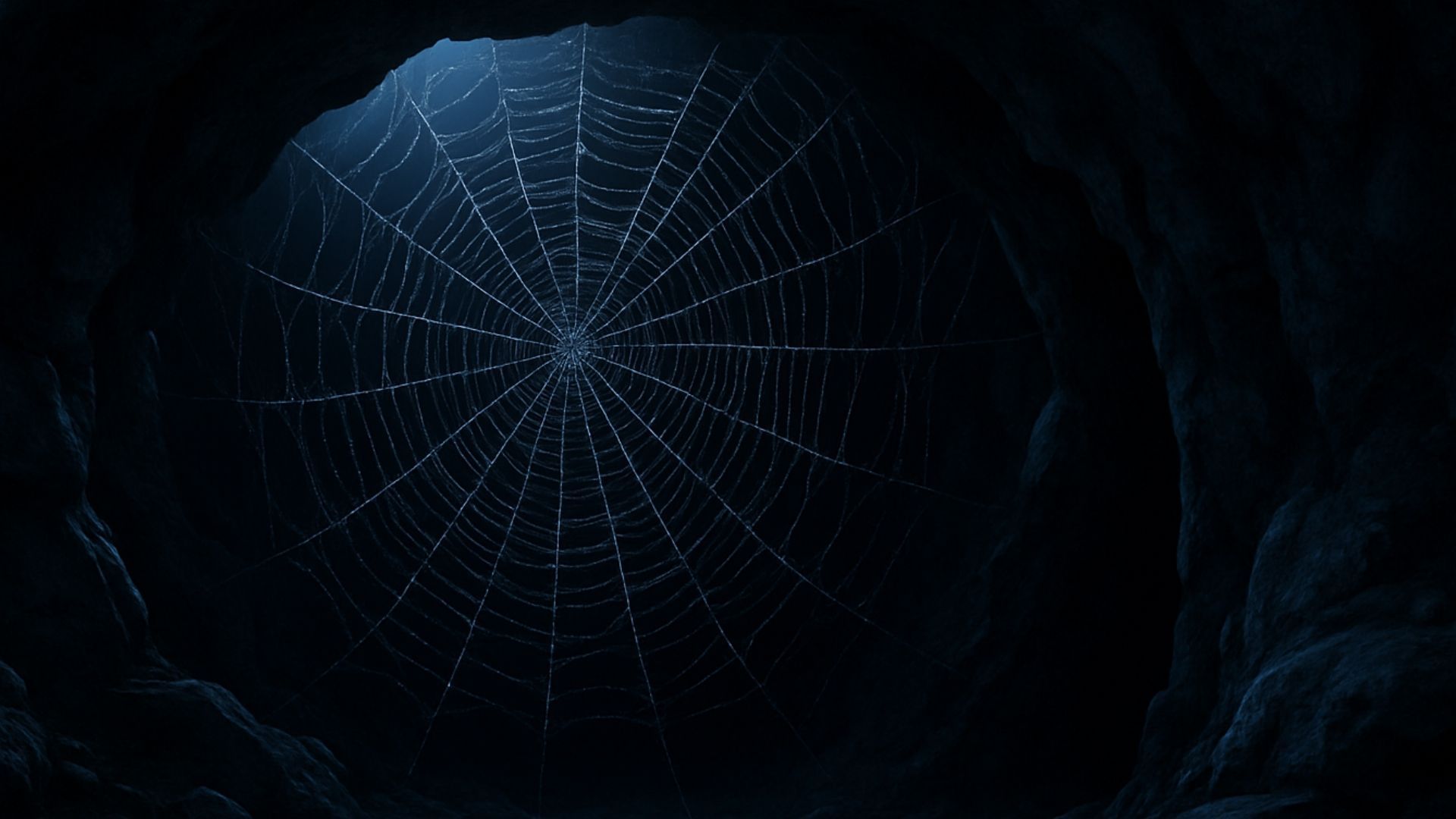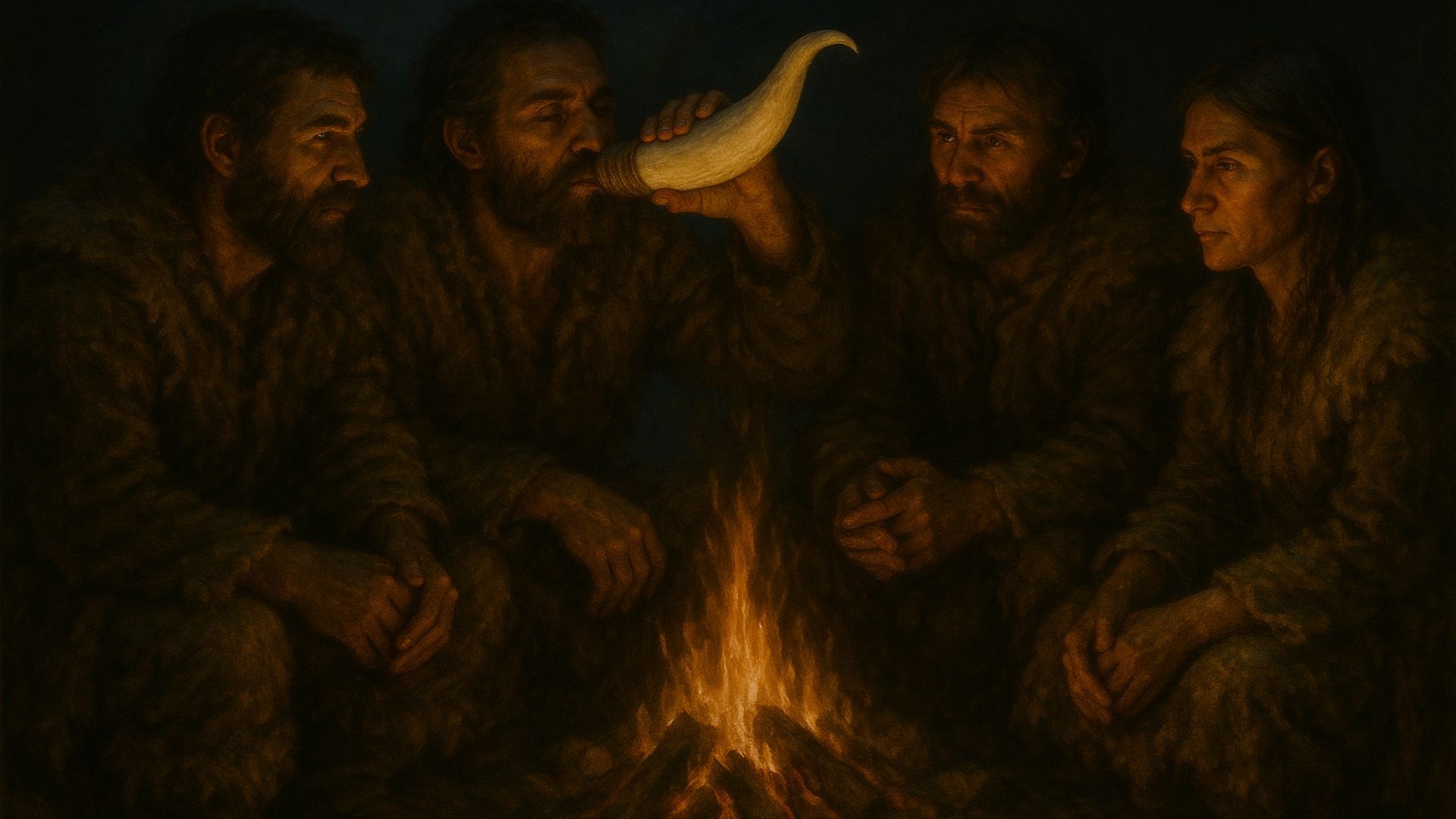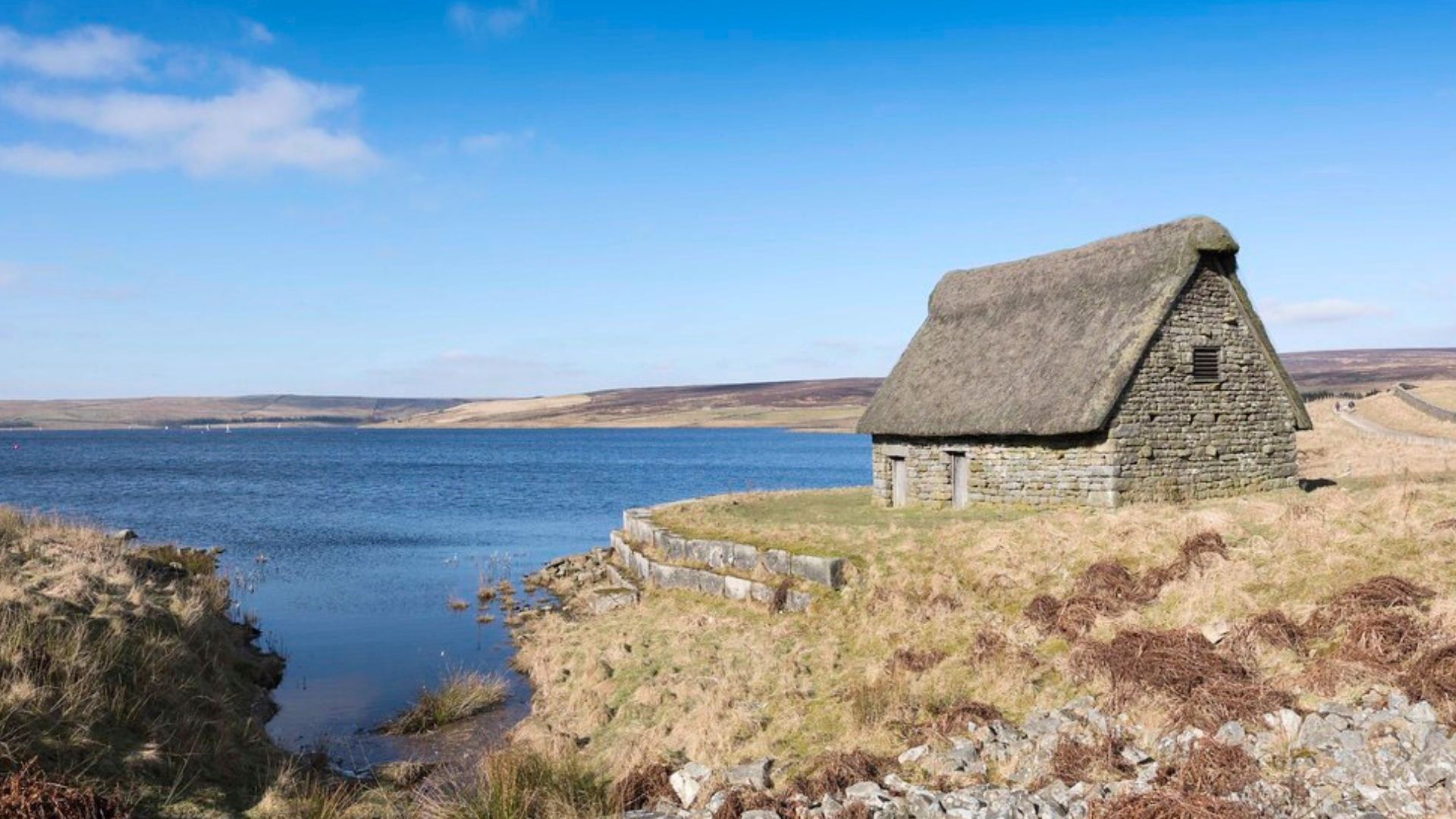Stump Cross Caverns is a Yorkshire landmark. But what is a "stump cross"? Let's follow the toponymic trail…
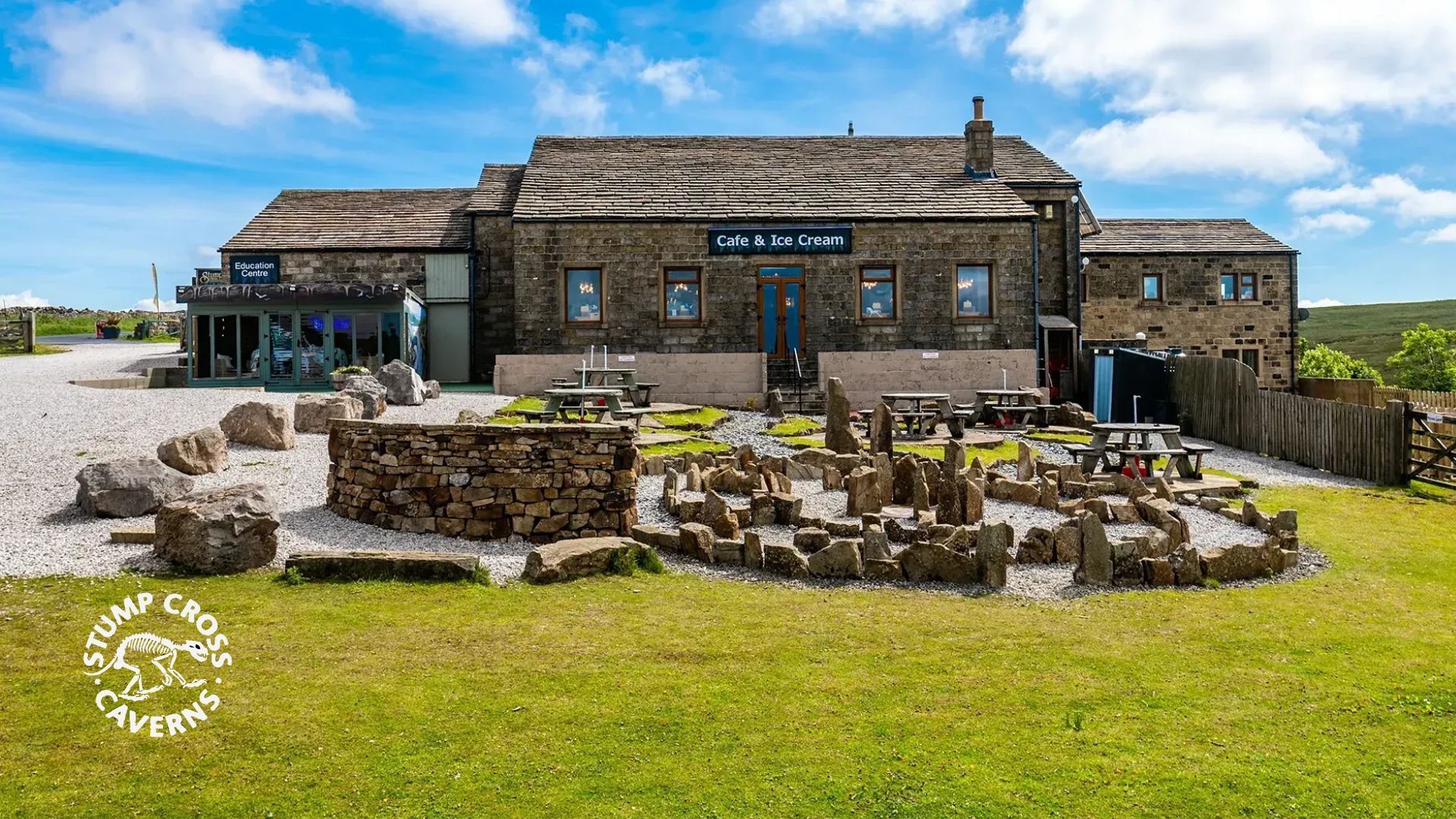
Here at Stump Cross Caverns, we're soaked in history – from the prehistoric caves themselves to the 19th-century lead miners who discovered them.
But did you know that the name itself is also a slice of history?
What's in a name?
The simple answer to the question "Where does Stump Cross get its name?" is that it was taken from Stump Cross, which long before the caverns were opened marked the limit of Knaresborough Forest.
But what is a "stump cross"? Well, there's an easy answer for that too. A stump cross is a cross with a broken shaft.
Outside North Walsham Water Works in North Norfolk, for instance, there's an unprepossessing stump cross. If you weren't looking for it, you'd probably pass it by. But this broken cross is, a nearby inscription explains, serves as a monument to a battle in the peasants' revolt of 1381.
So far, so simple. But here in Yorkshire, there are no less than
nine Stump Crosses "as far apart as Wadworth which lies south of Doncaster, Bolton by Bowland in the western dales, and Aldborough near Boroughbridge".
What is the explanation for this cluster of broken crosses – and why are places named after them?
Stone crosses in the UK
In the UK, stone crosses are everywhere. Some are intact and some are broken – but all tell us something about the nation's history.
The earliest known crosses were erected by Christian missionaries who had come to the British Isles to convert the Saxons.
The Saxons were known to worship stone pillars – so these crosses were put up as new places for them to worship.

Then there were crosses in marketplaces and at road junctions. The significance of these is more complicated. They functioned as place markers and acted as symbols of the official religion of the day.
This religion was Catholicism. But then came the English Reformations, turning many of those crosses into stumps.
The English Reformation
In the 16th century, the Church of England was forced by Henry VIII and his advisers to break away from the Catholic Church.
This was part of a broader European Reformation – but in England's case, it was kickstarted by Henry's desire for a divorce, which Rome wouldn't allow.
After England split from the Church, monasteries were dissolved and crosses were destroyed. The country was being made Protestant by physical force as well as through words.
The destruction of Catholic monuments didn't end there but continued into the Civil War of 1642 to 1649.
The Parliamentarians, led by Oliver Cromwell, were Puritans. They saw Catholicism as mere superstition.
In 1643, one year into the Civil War, Parliament issued "an
Ordinance for the utter demolishing, removing and taking away of all Monuments of Superstition or Idolatry", including crosses.
What all this means is that from the 16th century on, stump crosses were an everyday part of life – as everyday as phone boxes and roundabouts are today.
Why did "stump cross" become a place name?
Place names come from all sorts of sources. Generally speaking, they're often some combination of a local landowner, hill, river or other physical feature with a suffix meaning "farm", "settlement" or "camp". In the UK, they usually come from Anglo-Saxon, Norse or a local Celtic language.
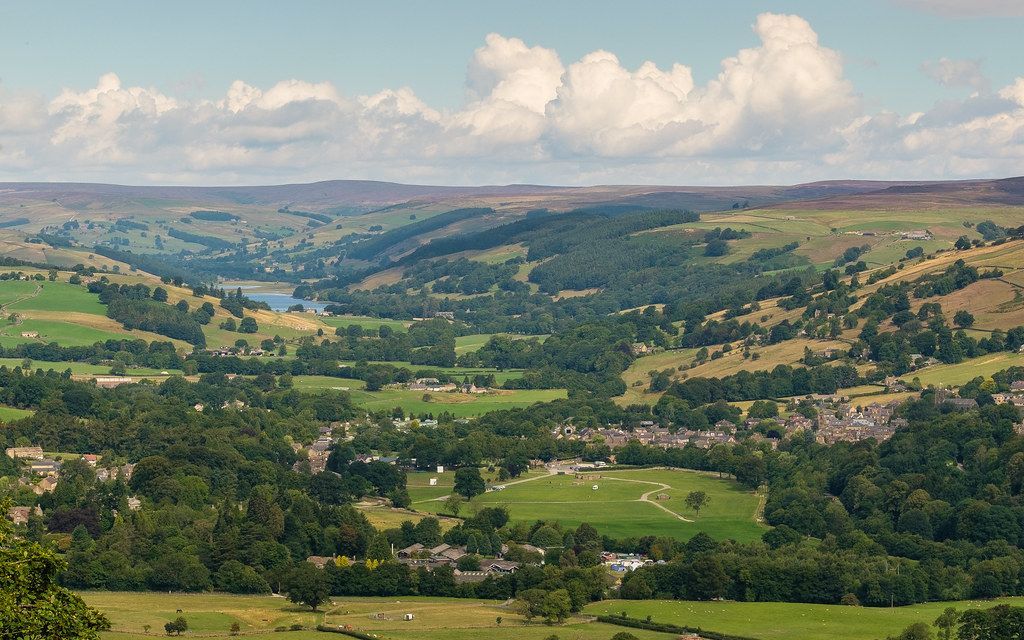
It's unclear exactly why our Stump Cross between Pateley and Grassington got its name. Perhaps there was a cross destroyed in the post-Reformation fervour. Perhaps it simply fell into disrepair.
Either way, the name is a fascinating glimpse into British history.
Neighbouring names
Of course, it's not just Stump Cross whose name has an interesting backstory. The towns, villages and cities of the UK are a treasure trove for etymologists (people who study the history of words).
Take Pateley Bridge, the small market town about a 10-minute drive from Stump Cross Caverns. Its name comes from Old English and means "woodland clearing of the paths".
This is a classic example of a settlement taking its name from the landscape. Pateley was a crossroads – the intersection of paths leading to Nidderdale and Craven.
Other place names follow linguistic patterns that can be seen all around the country. Take Nidderdale itself. The name of this Area of Outstanding Natural Beauty comes from the river Nidd and the word "dale", meaning "valley".
This pattern of "river name + dale" can be seen all over the north of England and Scotland. Famous examples include Wensleydale and Rochdale.
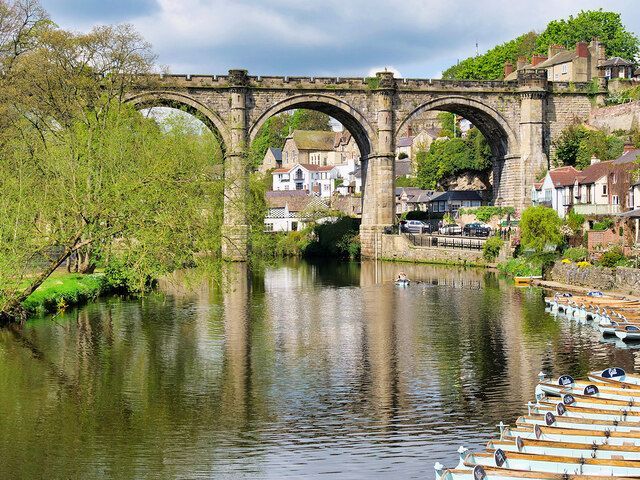
As for the Nidd itself, the etymology has been lost in the mists of time. It's probably Celtic or Pre-Celtic, which has led some to speculate that it derives from a similar-sounding Celtic word that means "brilliant" or "sparkling".
Others think it comes from an even older Indo-European word that simply means "river". If these scholars are right, a visit to the River Nidd is a visit to the River River!
There's a wealth of examples to choose from, but we'll leave you with just one more.
Greenhow, or Greenhow Hill, is a 30-minute walk from Stump Cross Caverns. It used to be an industrious lead-mining village and a key supplier of lead. But its name goes further back than that.
"How" comes from the Old Norse word
haugr, meaning a hill or a mound. Just as Nidderdale means the valley of the Nidd, so Greenhow means "Green's hill" or "Green's mound".
And, yes, "Greenhow Hill" means "Green's Hill Hill".
Conclusion
In the Yorkshire Dales, history is everywhere – from the mines, castles and caverns that pockmark the landscape to the scenes of historical battles.
But history can be found, too, in simple place names. Rivers, settlements and natural features all tell us stories about the past – and a simple stone cross can teach us about the Reformation, the Civil War and a way of life that now seems as distant as a fading star.
Are you looking for a unique
family day out near Harrogate? Why not visit our ancient cave system?
Book your tickets for Stump Cross Caverns today.

